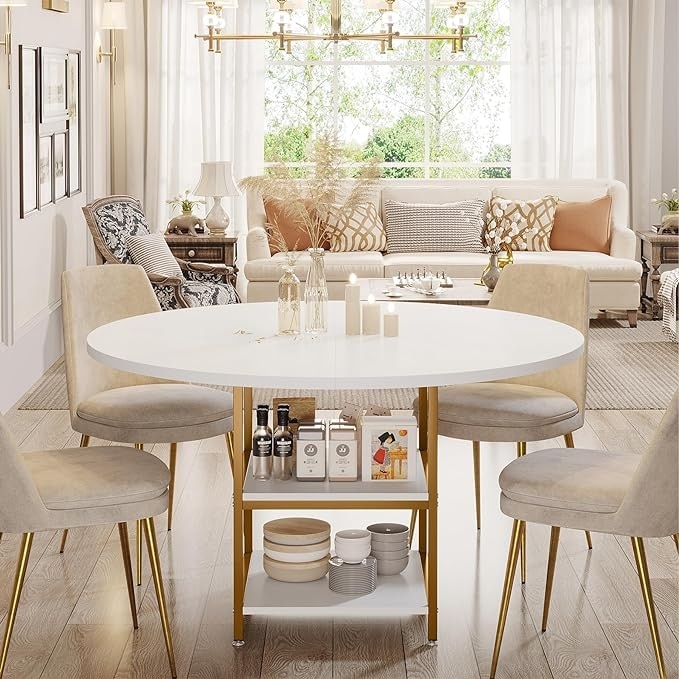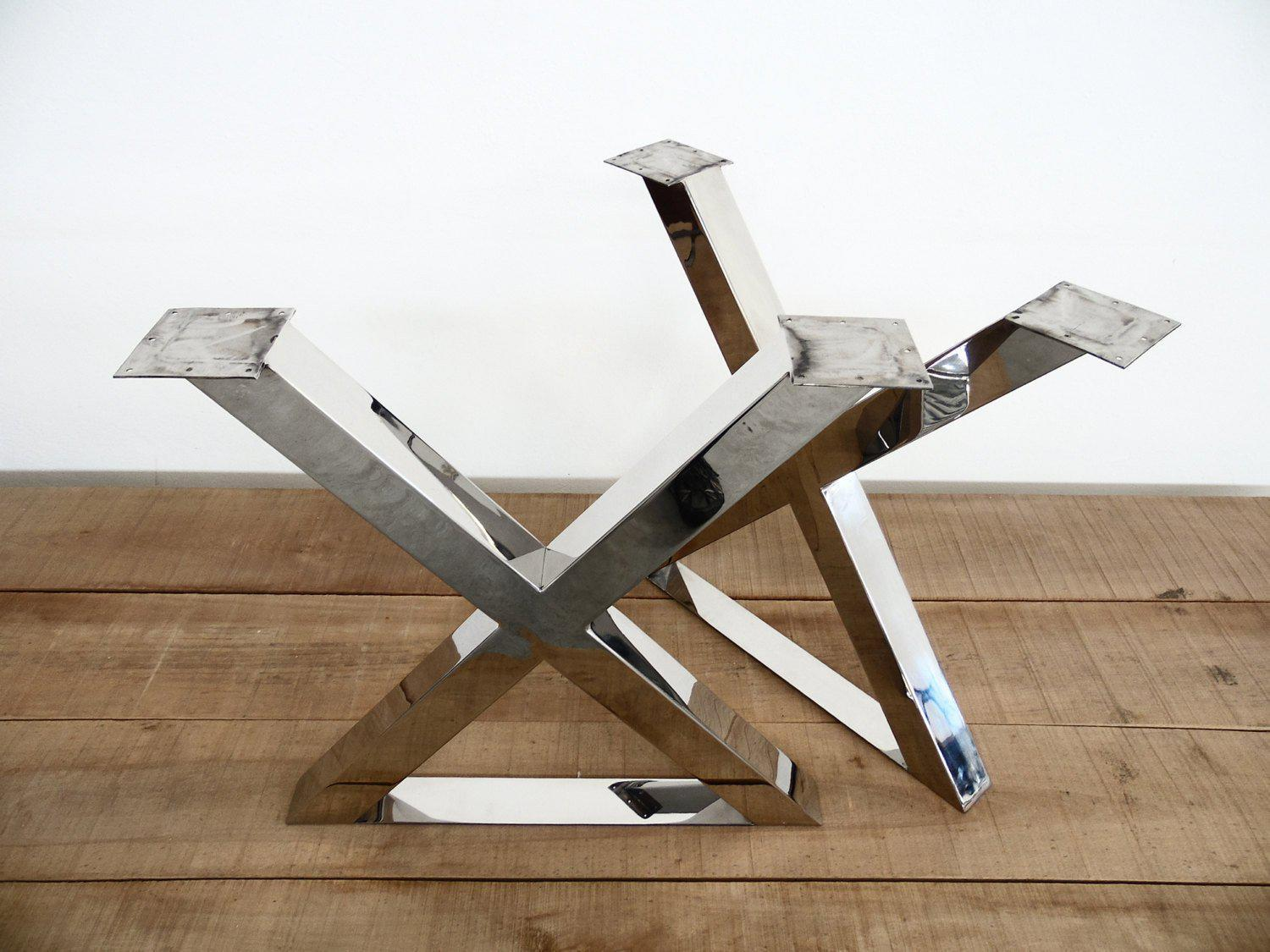The Impact of Dining Room Table Legs on Your Table's Overall Design
From Traditional to Modern: Discover the Ideal Eating Space Table Legs for Your Design
While classic designs such as cabriole and turned legs stimulate a feeling of timeless class, contemporary styles like hairpin and geometric choices provide a possibility for striking aesthetic passion. As you think about these aspects, the question stays: how can you perfectly incorporate these varied leg designs to create a harmonious eating experience?
Comprehending Table Leg Styles
The range of eating room table leg styles can substantially affect both the appearances and performance of the area. Each leg design contributes one-of-a-kind useful attributes and aesthetic aspects, dealing with diverse design choices and use requirements. Understanding these designs is critical for choosing the right eating table that lines up with your general interior decoration vision.
For example, conical legs use a clean, timeless appearance that can enhance an area's beauty, while pedestal bases provide stability and optimize legroom, making them suitable for smaller sized rooms. Hairpin legs, a trademark of mid-century modern-day layout, introduce a commercial style, permitting a ventilated, open feel. Trestle legs stimulate rustic appeal, supplying robust support and a sense of timelessness.
Additionally, the choice of products plays a significant duty. Wood legs can bring warmth and texture, whereas steel options often convey a smooth, contemporary ambiance. Ultimately, understanding table leg styles is important for producing a natural eating area that shows personal style while making sure usefulness and convenience. By attentively considering these components, you can boost both the practical and aesthetic charm of your eating area.
Standard Table Leg Options
When selecting dining area table legs, traditional choices usually symbolize ageless elegance and craftsmanship. These designs mirror a rich heritage and a commitment to high quality, making them excellent for those that value classic appearances.
One of one of the most famous standard leg designs is the cabriole leg, characterized by its stylish rounded form. This layout often features decorative carvings and is most frequently found in Queen Anne and Chippendale furnishings. One more prominent alternative is the turned leg, which boasts a series of smooth, rounded shapes that provide a classic look while preserving stability.
Additionally, the straight leg, while easy, offers a durable and unadorned framework that can mix seamlessly with a variety of tabletop designs. For those attracted to ornate detailing, claw-and-ball feet legs evoke a sense of splendour and can work as a stunning prime focus in any eating space.
Last but not least, stand bases, although not strictly legs, give an alternative traditional alternative that permits for adequate legroom and can be wonderfully carved. Each of these traditional leg designs adds to the general setting of an eating space, marrying feature with aesthetic appeal.

Modern Table Leg Layouts
Modern table leg styles offer a varied series of styles that stress ingenious products and tidy lines. These designs typically focus on capability while working as striking centerpieces within a dining room. Minimalist aesthetics are widespread, with legs crafted from materials such as metal, glass, and crafted timber, which add to a modern and ventilated feel.
One preferred layout is the barrette leg, characterized by its slender, conical structure that supplies security without overwhelming the tabletop (dining room table legs). This design is commonly found in mid-century contemporary furniture and can easily complement numerous dining table shapes. Another fad is the use of geometric shapes, where legs might tackle angular or unbalanced types, including aesthetic interest and a touch of creativity

Mixing Designs for Special Areas
Commonly, home owners look for to develop one-of-a-kind eating areas that show their personal style by blending various layout aspects. This technique enables the incorporation of diverse looks, leading to a harmonious yet distinct setting. For example, pairing a rustic wooden table with streamlined, contemporary metal legs can develop an attractive comparison that boosts the space's overall allure.
In addition, integrating click site vintage table legs with contemporary table tops can evoke a sense of history while preserving a modern-day sensibility. Such mixes not just display specific preference yet likewise urge creativity, permitting home owners to curate an area that feels both individual and welcoming.
Shade plays an essential role in this blending procedure; selecting table legs that enhance or contrast with the existing color pattern can boost visual passion. Whitewashed legs can soften the boldness of a dark table surface area, creating a balanced visual.
Tips for Choosing the Right Legs
Choosing the right table legs is crucial for achieving both capability and aesthetic charm in your eating space. Begin by thinking about the total style of your room. Standard setups gain from legs that feature elaborate makings or transformed designs, while contemporary areas might ask for their website sleek, minimalist styles.
Next, examine the elevation and security of the legs. dining room table legs. Basic table vary in between 28 to 30 inches in elevation, so ensure the legs complement this measurement for comfort. Additionally, robust materials, such as wood or steel, can improve security and durability
Examine the leg form too-- alternatives consist of right, tapered, or stand designs. Straight legs provide a traditional look, while tapered legs can add a touch of beauty. Pedestal bases supply sufficient legroom and are excellent for smaller sized rooms.
Final Thought
In recap, choosing the suitable dining area table legs needs careful factor to consider of both modern and typical designs. By harmonizing leg style, height, and product with the click for more info general décor, a natural and inviting atmosphere can be accomplished.
The variety of eating room table leg designs can substantially influence both the aesthetics and capability of the area. Inevitably, comprehending table leg designs is crucial for producing a cohesive eating area that reflects personal design while making sure usefulness and convenience.One of the most legendary conventional leg designs is the cabriole leg, identified by its stylish rounded form. Straight legs provide a traditional look, while conical legs can include a touch of beauty.In summary, selecting the perfect eating space table legs calls for careful factor to consider of both conventional and modern-day designs.